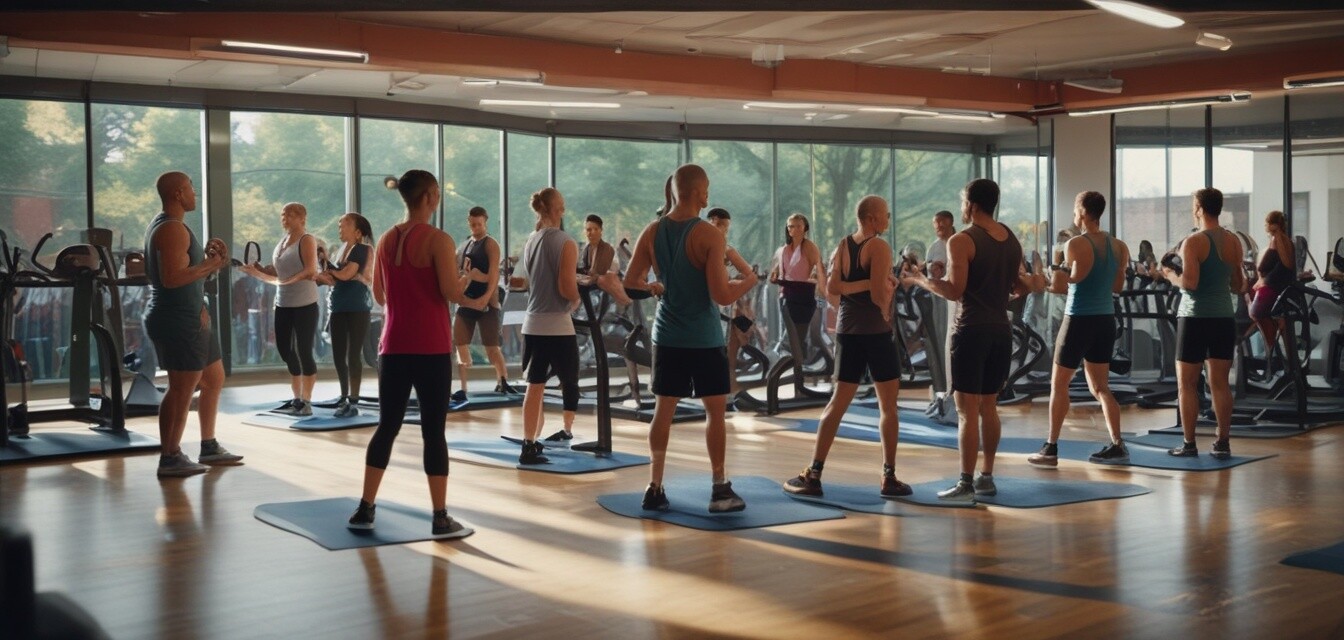
The Growth of Senior Sports Clubs: A Community Perspective
Key Takeaways
- Senior sports clubs promote physical health and social interaction.
- These clubs offer a supportive community for older adults.
- Strength training is an essential component of senior sports activities.
- Participating in sports clubs can lead to improved overall well-being.
- Accessibility and variety of programs are key for club success.
In recent years, senior sports clubs have been gaining traction across communities, catering to the growing interest of older adults in physical activity and social engagement. These clubs serve as a foundation for fostering friendships while promoting health, wellness, and an active lifestyle. Their increasing popularity reflects a substantial shift in how society views aging, highlighting the importance of community involvement in maintaining physical and mental health.
The rise of senior sports clubs
Senior sports clubs have emerged as a pivotal factor in encouraging older adults to remain active. A blend of physical exercise and social interaction, these clubs provide an inclusive environment tailored specifically to the needs of seniors. The trend originates from a larger movement focusing on improving health outcomes for the aging population, emphasizing how increased activity can enhance quality of life.
Community engagement
Active community involvement is one of the defining characteristics of successful senior sports clubs. They not only promote fitness but also help form connections among members. Clubs are known to organize events, competitions, and classes that bring people together, fostering a sense of belonging.
Benefits of participation
Joining a senior sports club offers numerous advantages. Here are some key benefits:
- Physical health: Participating in strength training and other exercises improves physical fitness, flexibility, and overall well-being.
- Mental health: Engaging in physical activity has positive effects on mental health, reducing symptoms of anxiety and depression.
- Social connections: Clubs provide a platform for social interaction, lessening feelings of loneliness and isolation.
- Skill development: Many clubs offer classes that teach new sports skills, which can boost self-confidence.
How clubs are structured
Senior sports clubs typically offer a range of activities tailored to various fitness levels. Below is a typical structure that many clubs follow:
| Activity Type | Description |
|---|---|
| Strength training | Utilizes weights and resistance equipment to enhance muscle strength. |
| Group fitness classes | Organized classes such as yoga, tai chi, or aerobics tailored to seniors. |
| Recreational sports | Fun sports like pickleball, bocce ball, or bowling that encourage camaraderie. |
| Social events | Regularly scheduled gatherings that promote community and friendship. |
The role of technology in club growth
Modern technology plays a significant role in expanding the reach of senior sports clubs. Many clubs are leveraging technology to enhance member experience and accessibility:
- Online registration systems make it easier for seniors to join and participate.
- Social media platforms enable clubs to share updates and engage with members.
- Fitness tracking apps help members monitor progress and stay motivated.
Accessibility considerations
One of the key factors in the success of senior sports clubs is ensuring that they are accessible to all members. Important considerations include:
- Location: Choosing venues that are easy to reach, preferably with ample parking and public transportation access.
- Adaptive equipment: Providing equipment that caters to varying levels of physical ability.
- Diverse programming: Offering a range of programs that can accommodate different interests and skill levels.
Future of senior sports clubs
As the population of older adults continues to grow, the future of senior sports clubs looks promising. Trends indicate an increase in interest surrounding fitness programs specifically designed for seniors, creating more opportunities for social interaction and physical activity.
Research supporting the trend
Recent studies have shown that engagement in sports and physical activity among seniors not only boosts health but also enhances quality of life significantly. To stay informed about the latest research and trends, consider exploring our News and Trends section where we cover the most relevant findings.
Conclusion
The growth of senior sports clubs exemplifies a positive shift towards inclusive community fitness. These clubs foster a supportive environment that not only emphasizes health but also builds lasting relationships. As more individuals join these organizations, the impact on both personal and community levels will continue to resonate throughout society, promoting a healthier, more active lifestyle for older adults.
Pros
- Promotes physical and mental well-being.
- Creates strong community bonds among seniors.
- Accessible programs for varying fitness levels.
- Encourages lifelong learning and skill development.
Cons
- Participation may be limited by accessibility issues.
- Some clubs may lack adequate resources or funding.
- Not all programs may meet the varied needs of seniors.
Tips for getting started
- Research local clubs to find one that aligns with your interests.
- Consider attending a trial class or event to experience the atmosphere.
- Connect with current members to gain insights and encouragement.
- Stay open to trying new activities, and be patient with your progress.